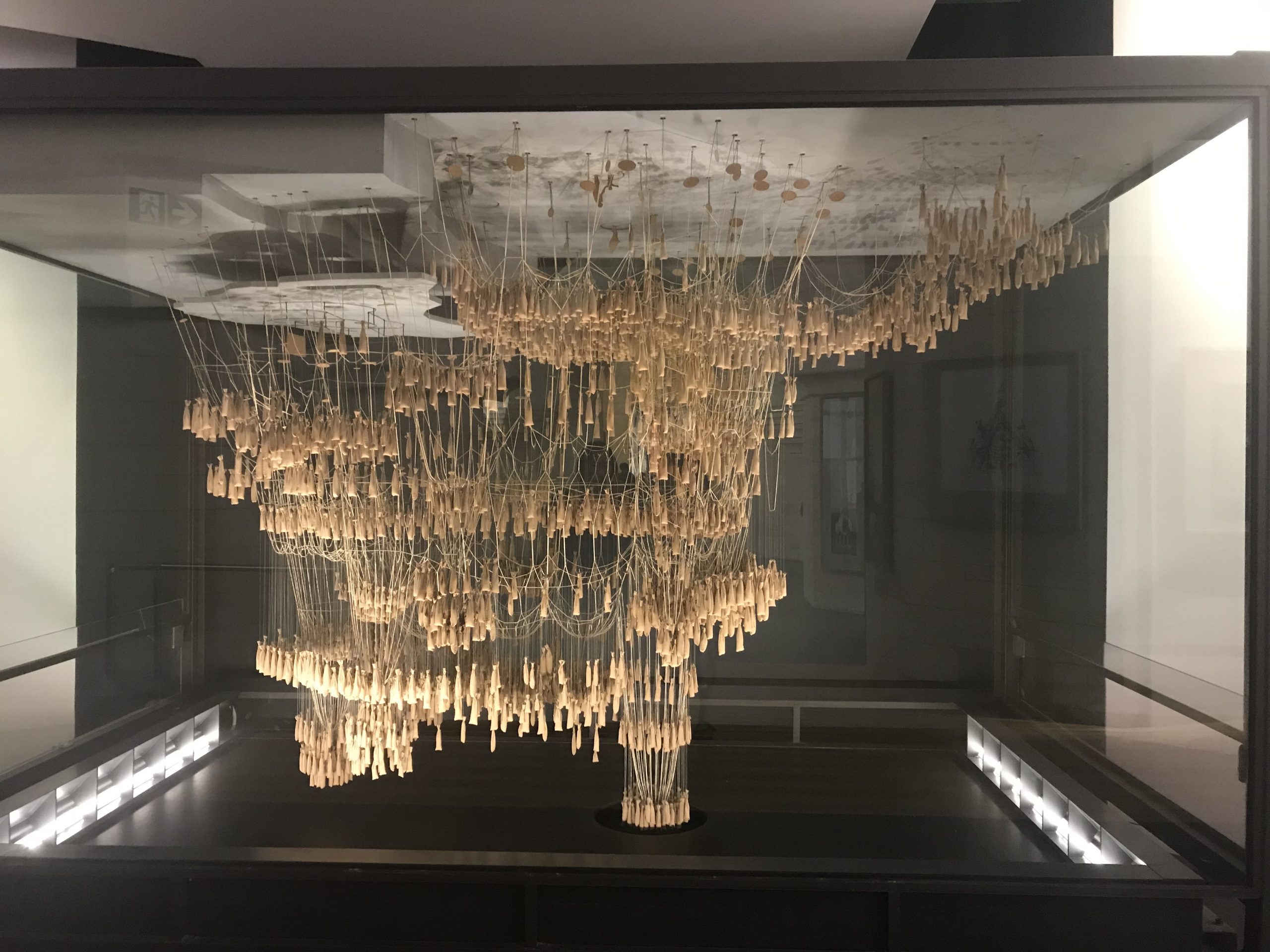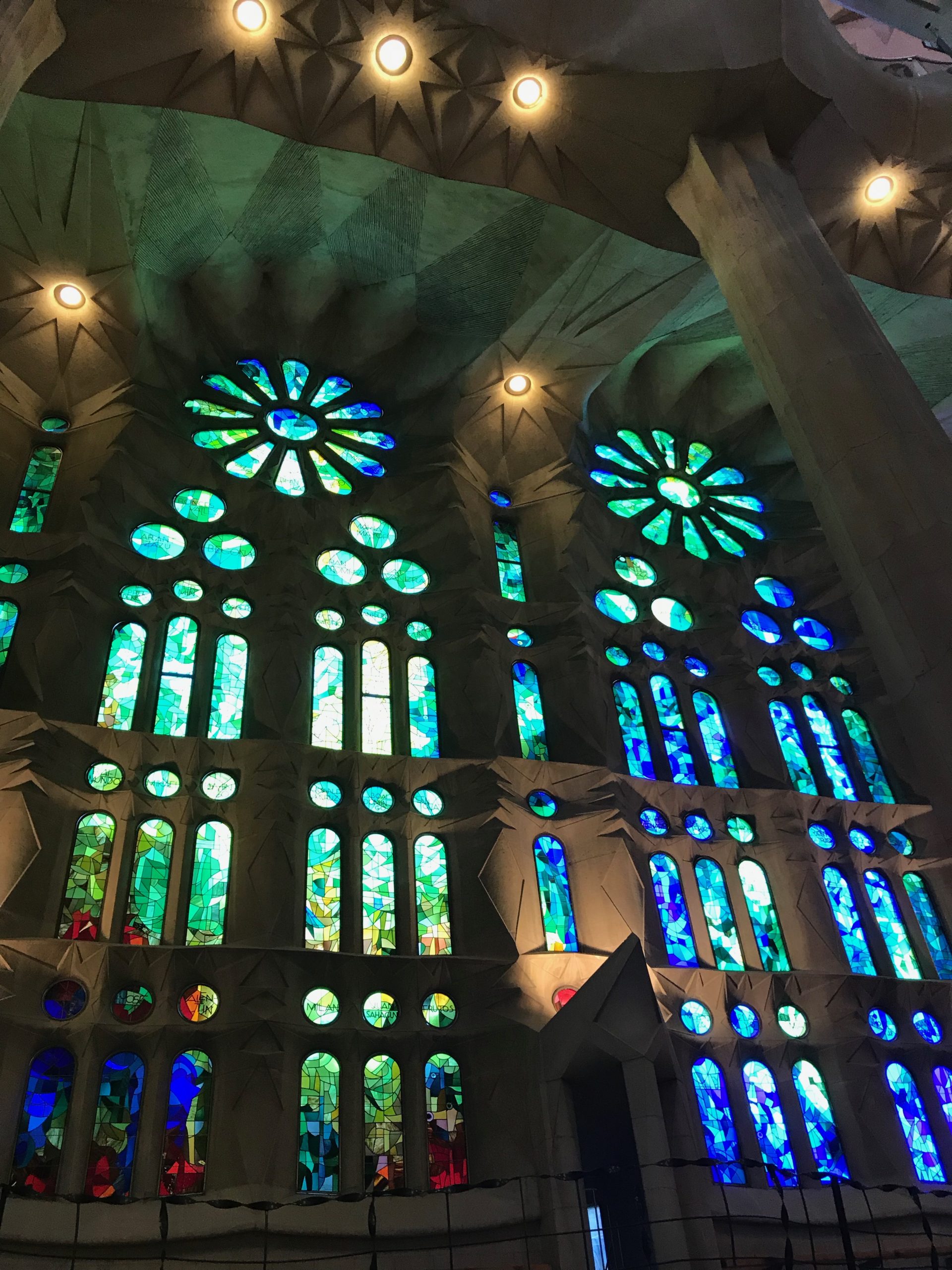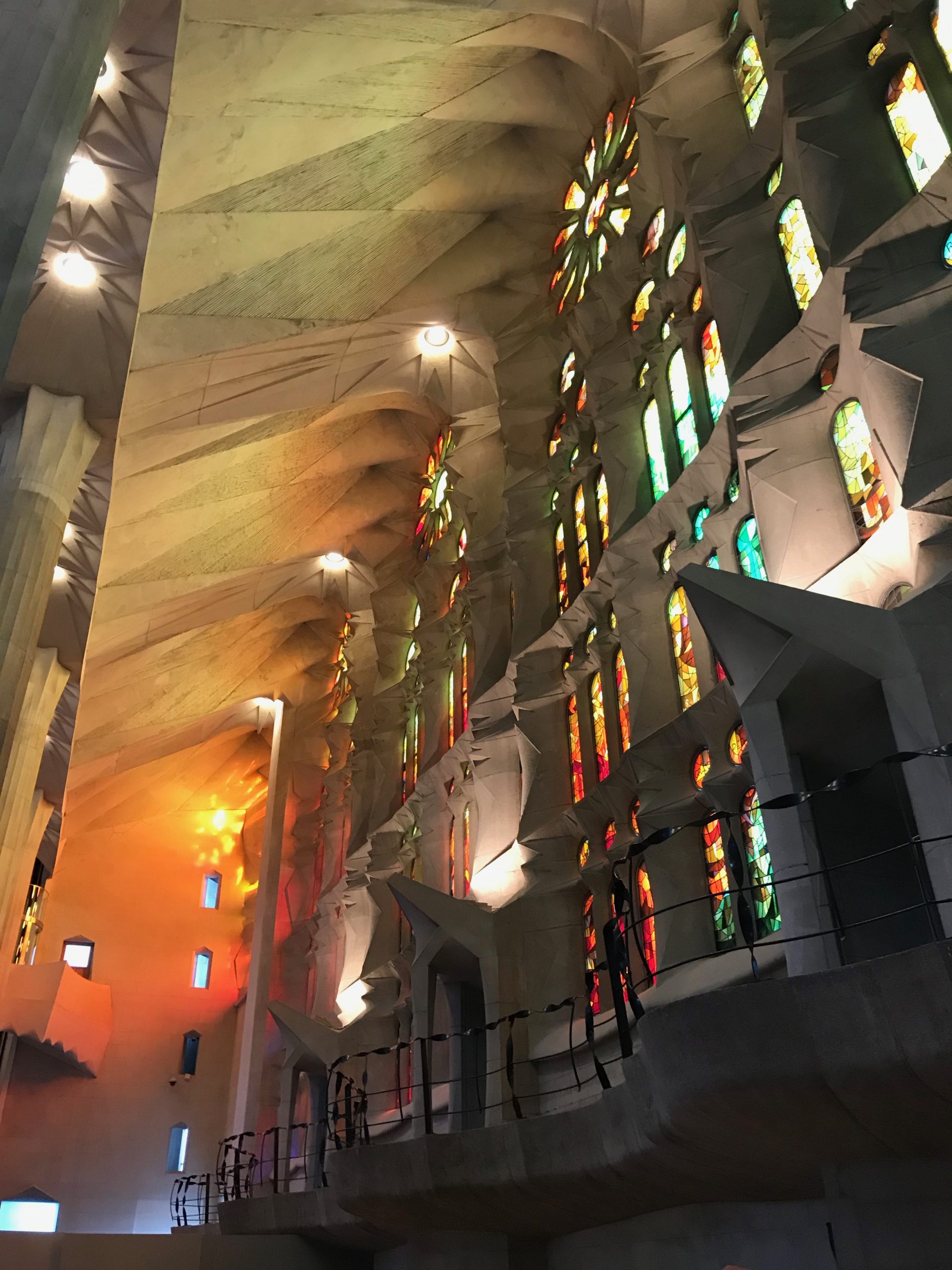Bienvenito a la Sagrada Familia
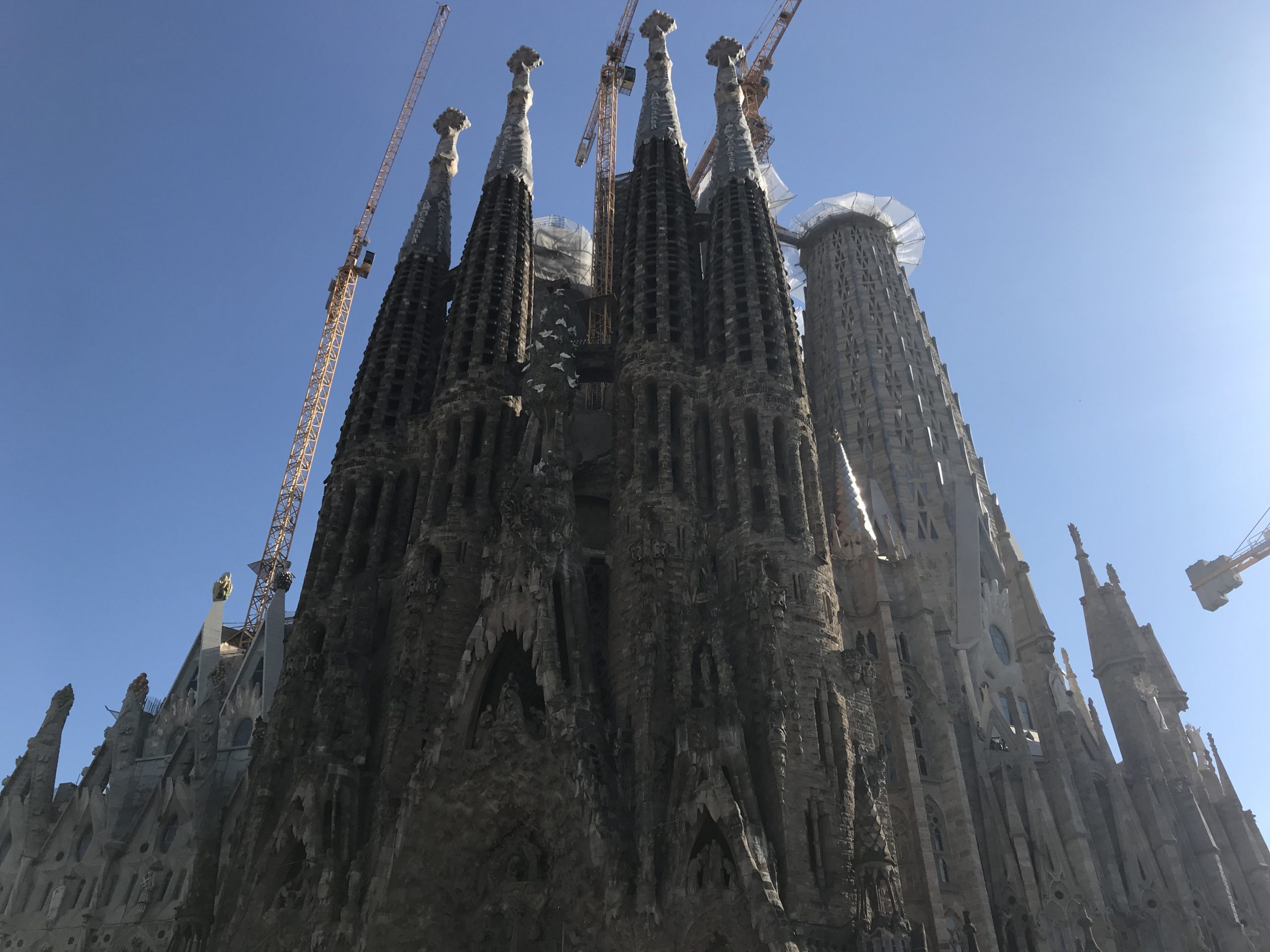
Also known as the Temple Expiatori de la Sagrada Familia, which translates to Expiatory Church of the Holy Family, the Sagrada Familia is a roman catholic church combining elements of Art Nouveau, Catalan Modernism, and Spanish Late Gothic design. The Sagrada Familia is one of the longest running construction projects, as it is still under construction 133 years (2019) later after the first stone was placed in 1882. The current architect, Fauli, says the building is approximately 70% completed. It is said the Sagrada Familia will be finished by 2026 in honor of Gaudi’s 100th year death, but many are sceptical and do not expect it to be ever reach full completion.
If and once it is complete, the Sagrada Familia will be the tallest religious building in Europe, standing at 172.5m tall. The height will be 1 meter shorter than the holy mountain Montjuic, which is where Gaudi drew his inspiration from.
A building permit for the construction of the church was only gained recently for the remainder of the construction until 2026. Up until June 7 2019, the Sagrada Familia was under construction without a permit. Additionally, an agreement with the city was recently established to provide 36 million euros in exchange for better metro transportation to the Sagrada Familia.
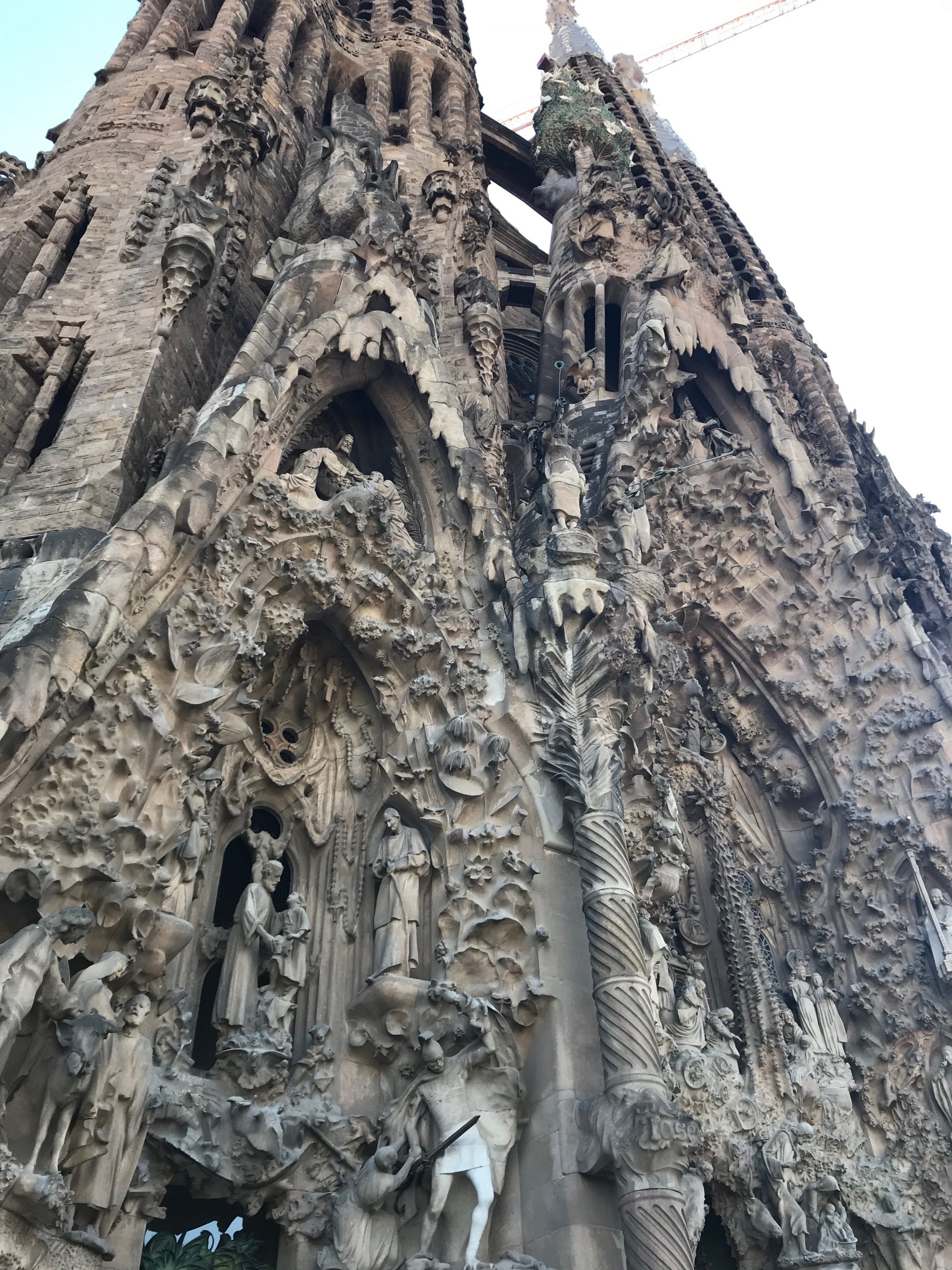
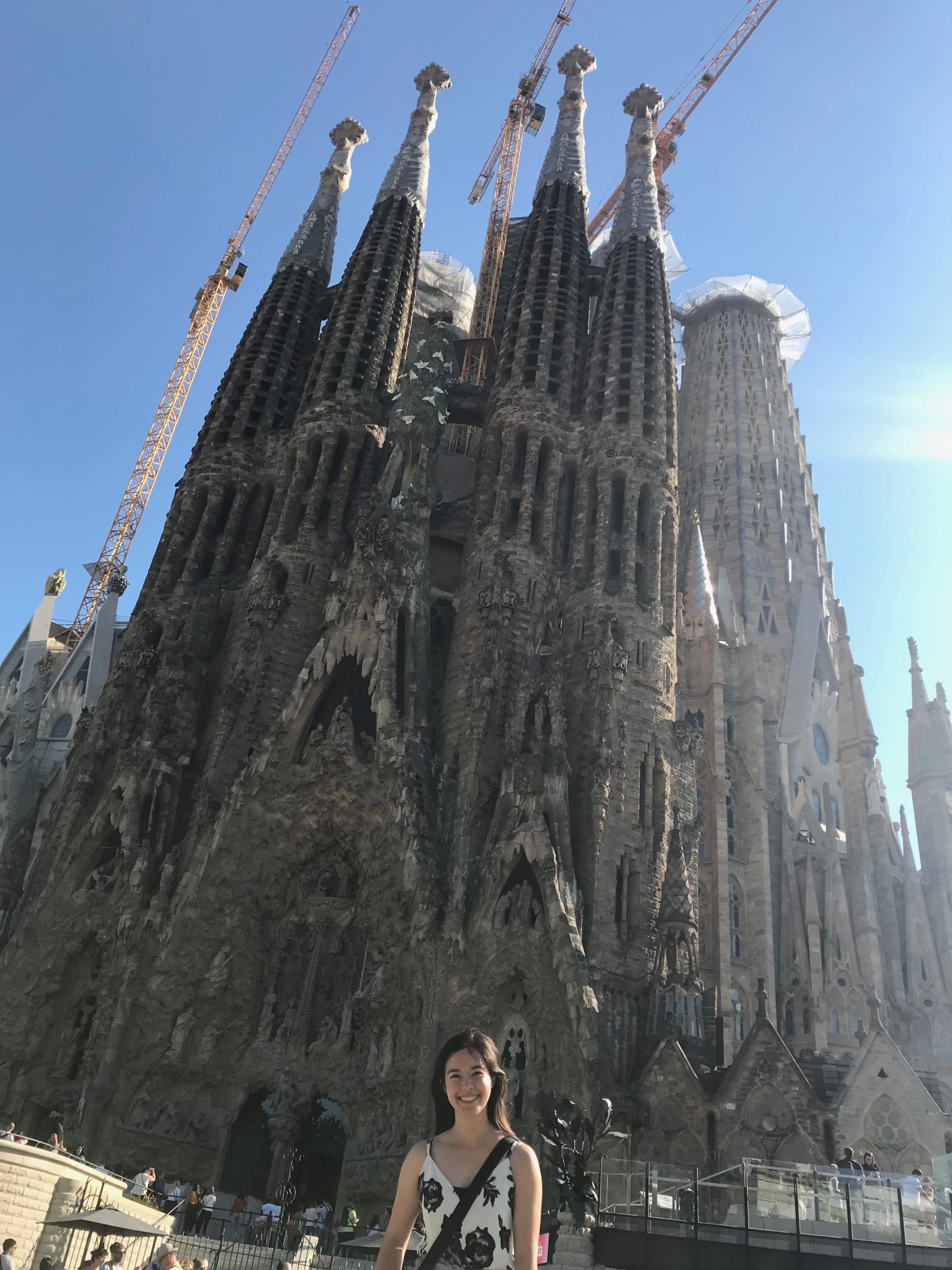
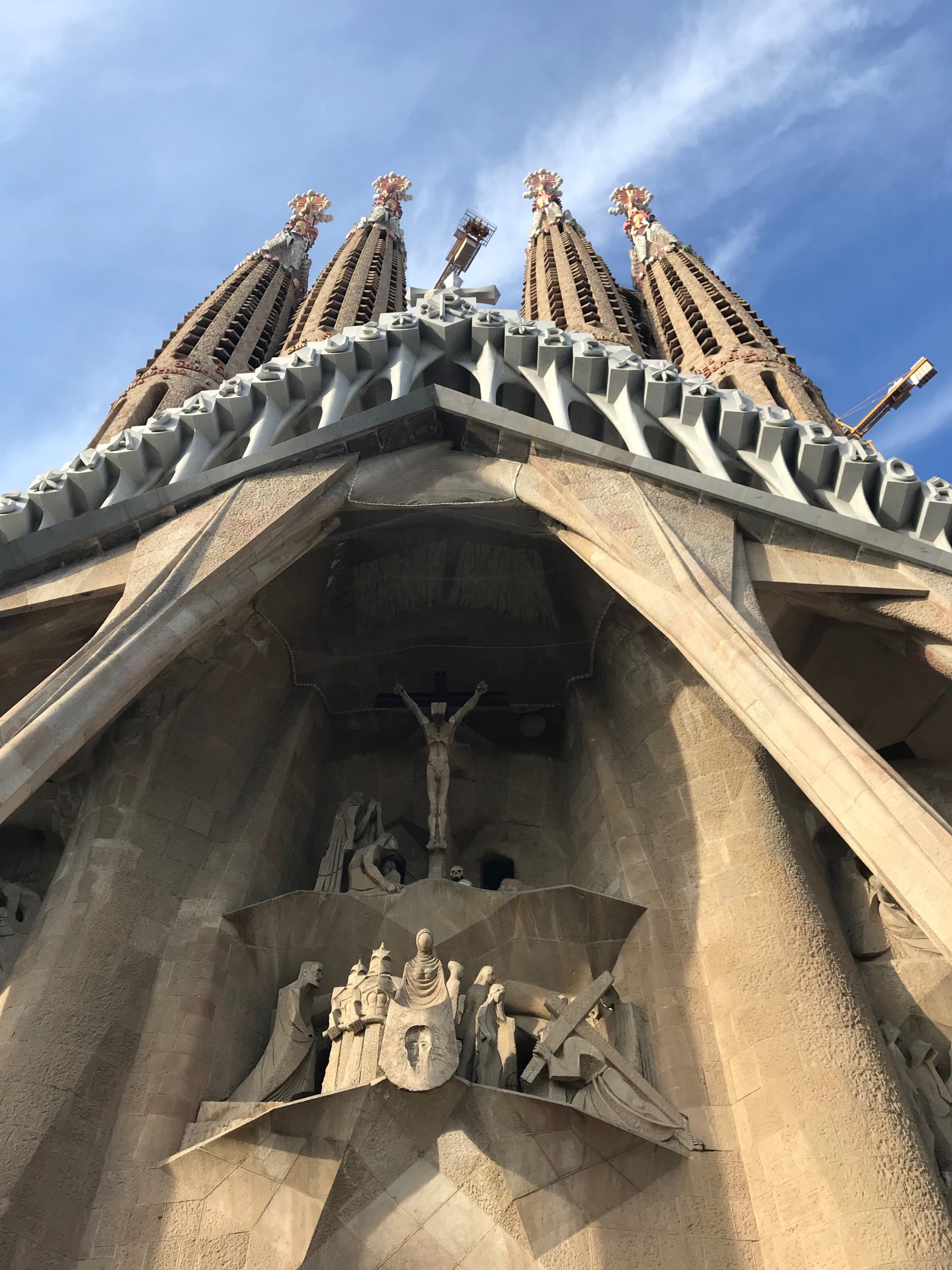
History of the Sagrada Familia
The beginning stages (prior to Antoni Gaudi)
1866: Josep Maria Bocabella i Verdaguer founded the Associació Espiritual de Devots de Sant Josep (Spiritual Association of the Devotees of Saint Joseph).
1874: The Spiritual Association began campaigning for the construction of a temple devoted to the Holy Family. It would become a church commissioned by a conservatist society that wanted to build a temple as atonement for the city’s sins of modernity.
1877: Francisco de Paula del Villar was commissioned to design the Sagrada Familia.
1881: Purchased plot of land (12,800m2) for the Sagrada Familia.
Antoni Gaudi as the chief Architect
1882: Constructions began with architect Francisco de Paula del Villar. He had a Neo-Gothic style planned and started construction on the crypt. On March 19 1882, the day of the Feast of Saint Joseph, the first cornerstone was laid.
1883: Villar abandoned the project due to disagreements with Joan Martorell (an advising architect and the promoter of the project and developers). The job was offered to Martorell but he passed it to Antoni Gaudi (who has previously worked with Villar as a junior on an abbey).
1883: Gaudi continued working off Villar’s design, but did change it radically. The Church became Gaudi’s holy mission in life.
1889: The Crypt was completed, and the next construction began on the apse. Donations kept rolling in, and Gaudi realized he could do a much grander design. He replaced the old Neo-Gothic design with a combination of Gothic and Art Nouveau. Gaudi did not like straight lines because there are none in nature, and the towers swelling outlines inspired by weird peaks of the holy mountain Montserat.
After the Death of Antoni Gaudi
1926: Before his death, Gaudi was completely devoted to the Sagrada Familia that he did not produce other works in the later years of his life. On June 7, Gaudi was hit by tram, but did not receive aid right away due to his poor clothing attire. On June 10, Gaudi died at the age of 73 in the hospital due to his injuries. On June 12, Gaudi was buried in the crypt at Sagrada Familia, where his body remains today. When Gaudi passed away, the church was 15-25% complete (the crypt, apse walls, 1 portal, and 1 tower). After his death, the project was taken over by Domenec Gras, Gaudi’s close collaborator, until 1936 when construction was halted by the civil war.
1936: The Civil War. Catalan anarchists burned and smashed interiors of the Sagrada Familia, including the previous workshops, along with Gaudi’s plans and models.
1940: Another architect, Francesc Vidal, who also worked with Gaudi previously, restored the crypt and damaged models to his best ability.
1952: Work always continued, but controversy triumphed progress. Disputes began over the new computer model’s of Gaudi’s plans, in which little survived the fire during the civil war. The new model was said to not resemble Gaudi’s vision and was too modernist. Construction always continued, new fundraisers were started, but it always occurred at a slow rate.
1984: UNESCO declared the Sagrada Familia a world heritage site.
Present Day
Over 5 million tourists visit the Sagrada Familia each year, and it is the most visited monument in Spain. The admission price contributes to the annual construction budget of 25 million euros.
In 2010, the temple was consecrated by Pope Benedict 16th and transition from Roman Catholic Church to a Cathedral, and finally to a Basilica declared by Pope that year.
Features of the Sagrada Familia
Exterior
6 tall towers: The tallest tower crowned to Jesus Christ, and the 5 other towers dedicated to Virgin Mary and the 4 evangelists.
12 additional towers along the 3 facades represent the apostles.
Interior
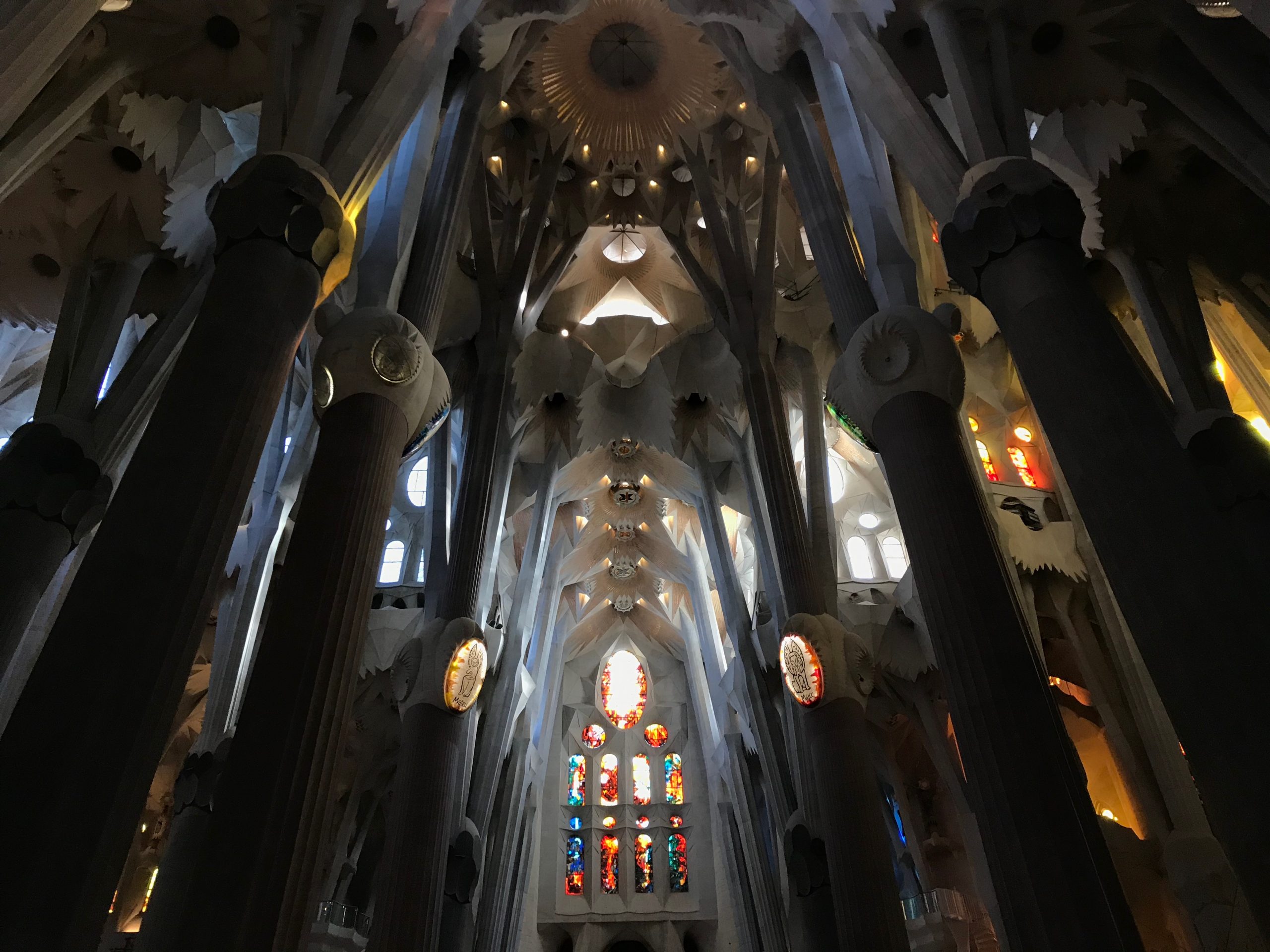
Pillars: Work on the roofing was completed in 2010. The roof is held up by a forest of pillars, and by forest I mean a literal forest, as the pillars sprouts into the air and branch off like trees to create a forest canopy effect with light piercing in through thick branches. Pillars are held up by a tortoise and turtle representing the sea and earth. There are 4 different stones used for the pillars: soft Montjuic stone pillars, granite, dark grey basalt, and burgundy tinged Iranian porphyry.
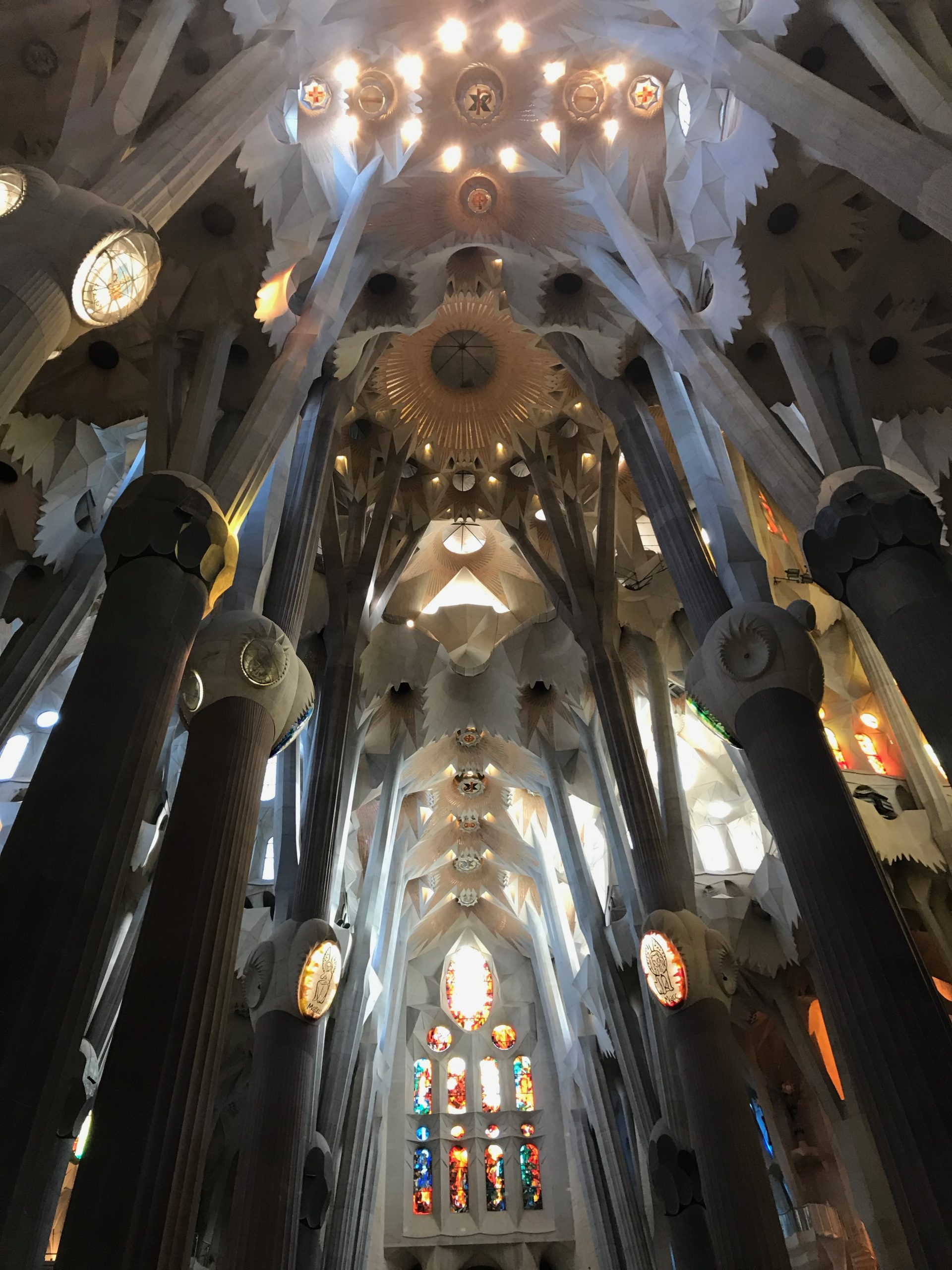
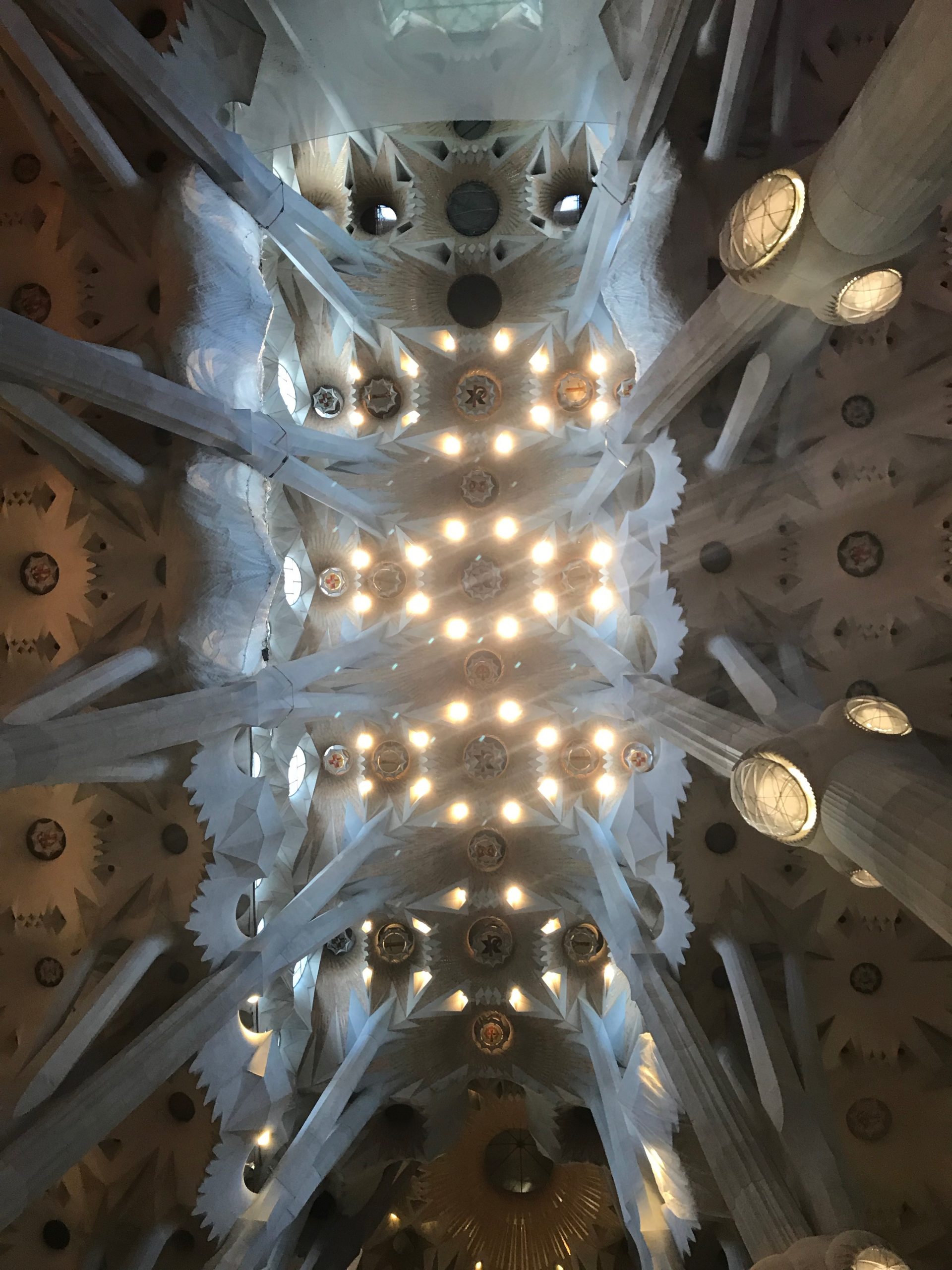
Stain glassed window: The windows are best seen before or after 2-3 weeks of the solstices with a clear sun to the West in the Nativity Façade, which is the exact time we visited the Sagrada Familia. The windows on the lower part of the side aisles are brightly coloured, whereas those on the upper half are in lighter, almost translucent colours. In the central nave, the windows are a combination of colourless glass of different textures, which makes the geometry of the vaulted ceilings stand out. So far, the windows that are in place are those in the apse – the Facade of the Passion, which are dedicated to water, light and the Resurrection, and those in the Portal of the Nativity, which allude to the birth of Christ, poverty and life. In the windows of the side aisles there are texts referring to the parables of Jesus.
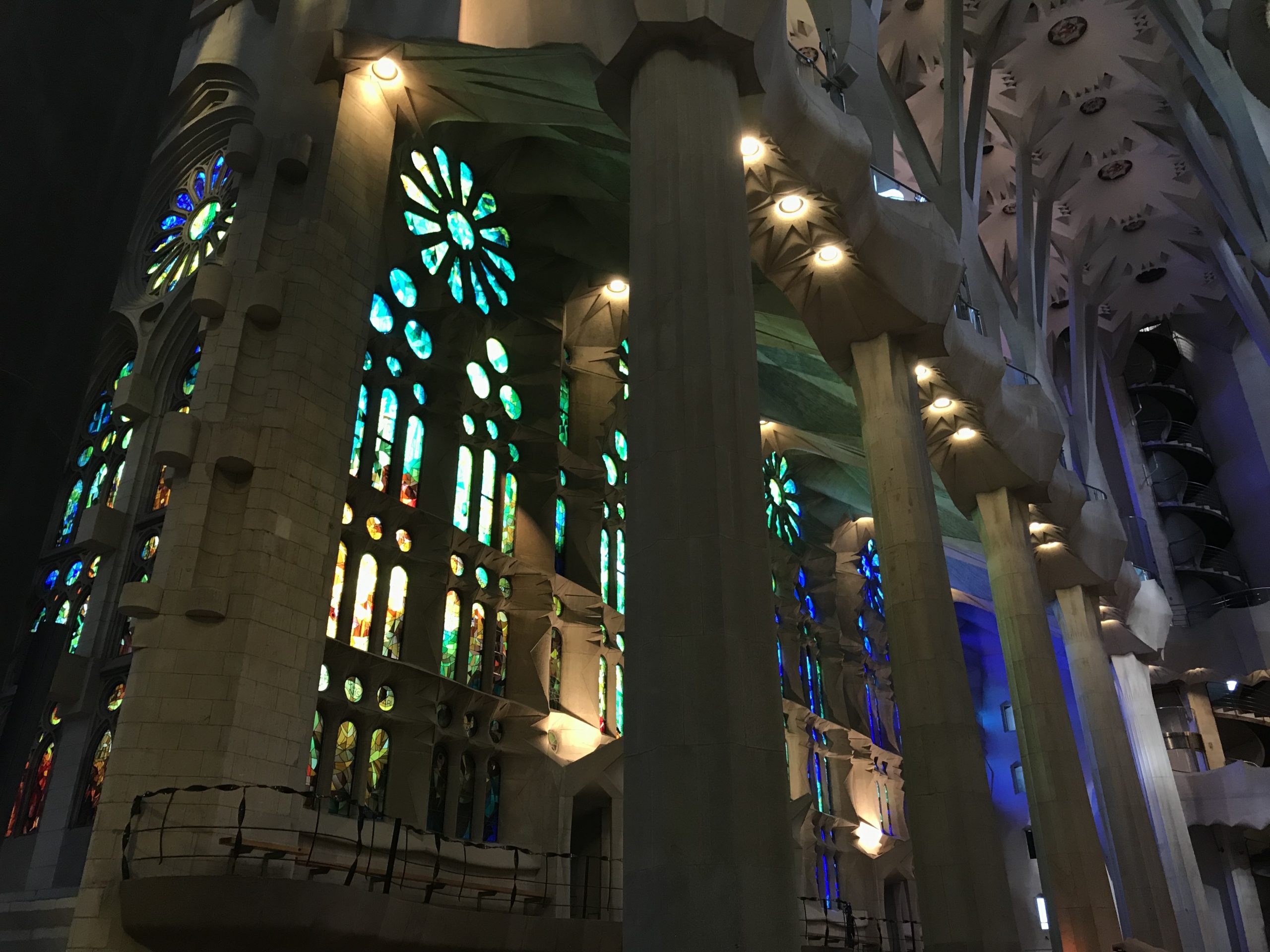
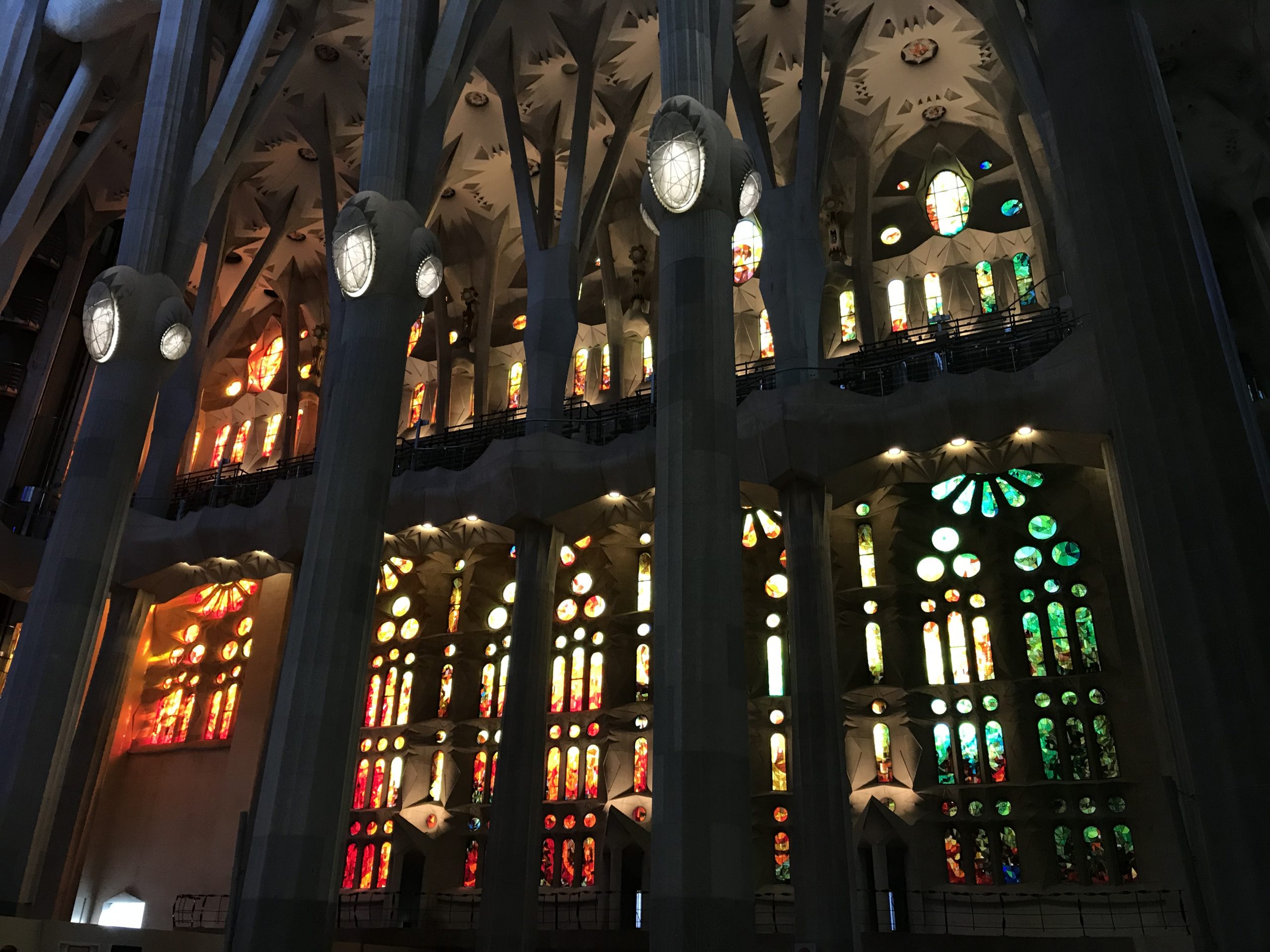
Facades
Nativity façade: Dedicated to the birth of Jesus Christ, the Nativity facade was created under Gaudi’s supervision. Visitors can climb up inside some of the 4 towers. The facade includes detailed sculptures of people, taken directly from casts of local people and the dead in the morgue.
Passion façade: Dedicated to the passion of Christ, and the theme of Christ’s last days and death. The facade was built between 1954-1978 based on Gaudi’s surviving drawings. Sculpture Josep Subirachs worked on décor, but did not attempt to copy Gaudi’s style and used his own, which was ultimately controversial amongst the public.
Glory façade: Dedicated to the glory of Christ, and still remains under construction in 2019. Gaudi wanted this to be the most magnificent façade of the church.
Hidden portrait of Gaudi
In the Passion Façade, the central sculptural group has a man watching above the sculpture called the evangelist. Josep used a rare photo of Gaudi for the face for the evangelist.
School
There used to be a school built for the children of the neighbourhood and construction workers on Sagrada Familia, but today has been converted into an exhibition of the Sagrada Familia.
Crypt
Visitors can view Gaudi’s tomb where his remains lay today, located in the chapel dedicated to the El Carmen Virgin.
Quotes from Gaudi
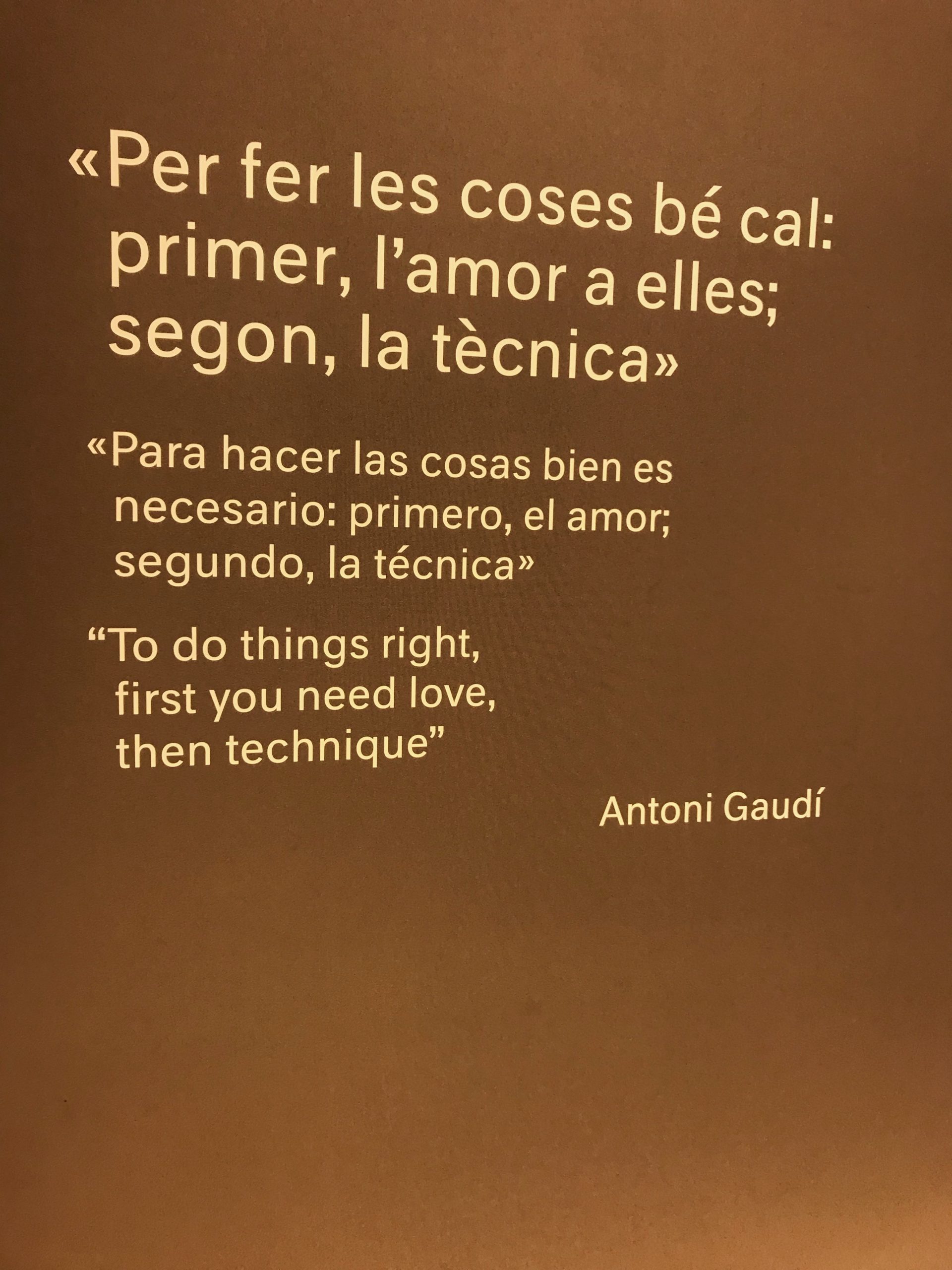
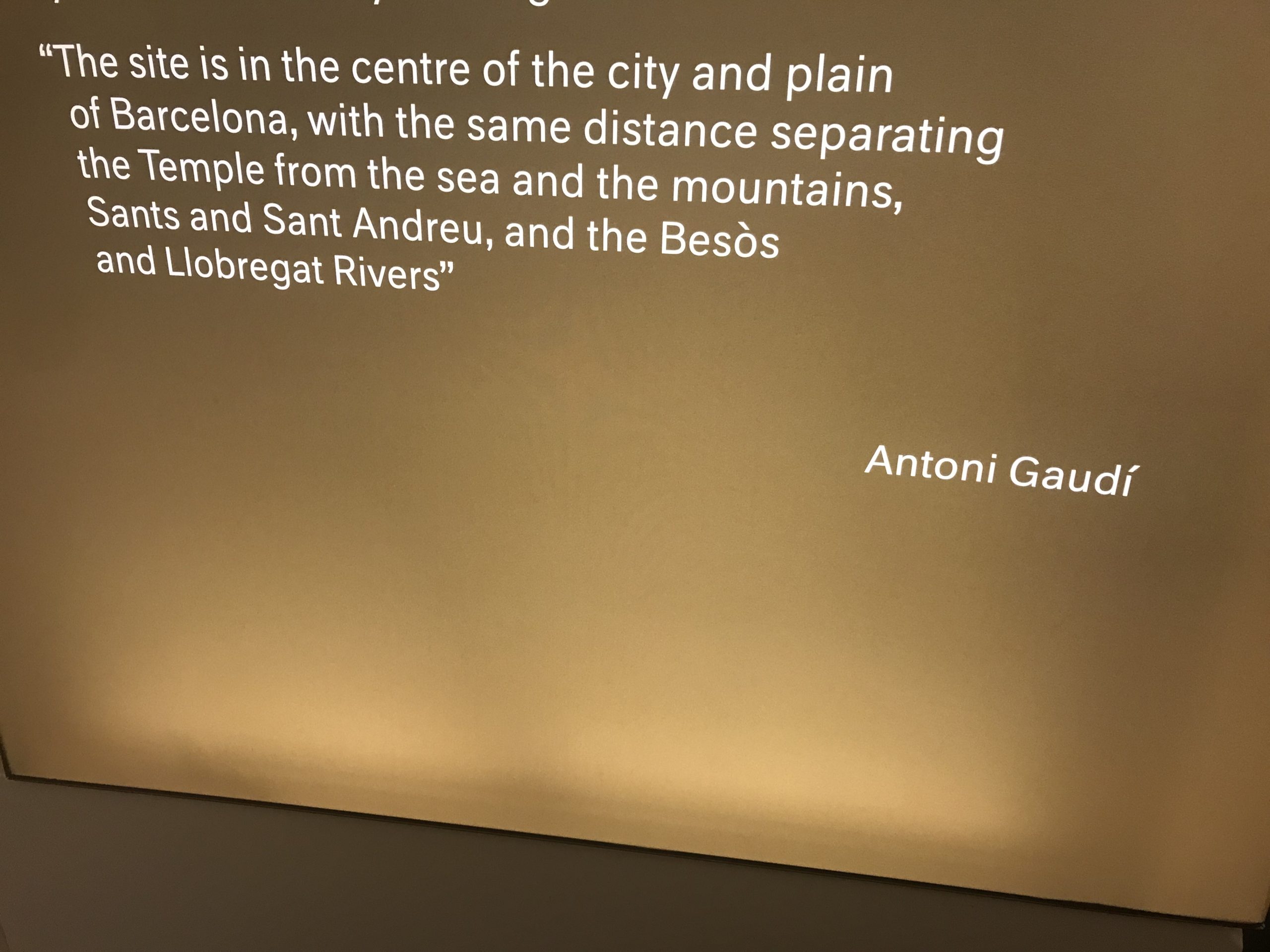
Gaudi’s Sagrada Familia Model with Sand Bags (upside down)
